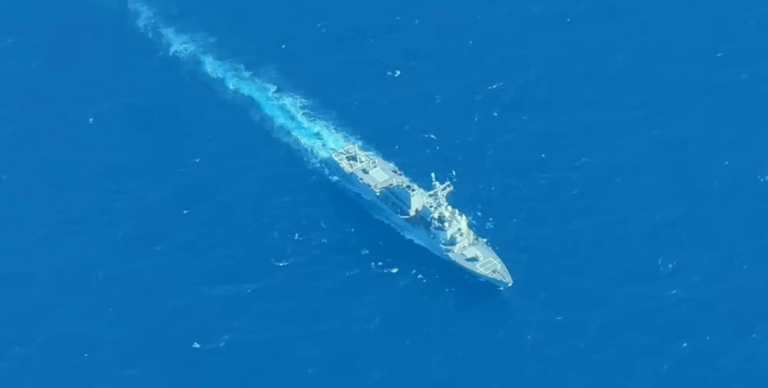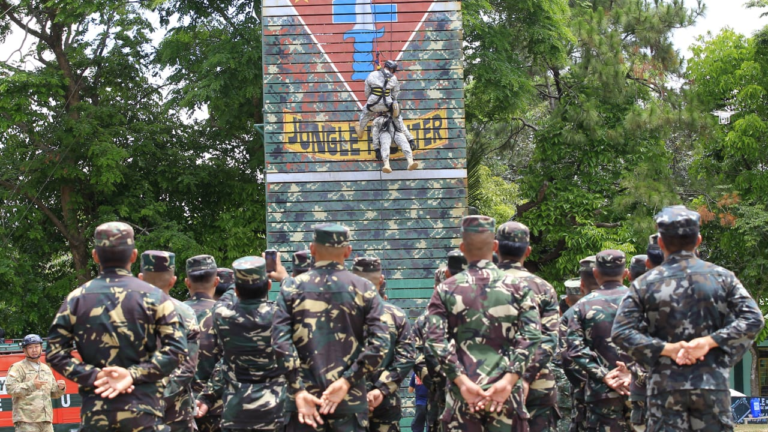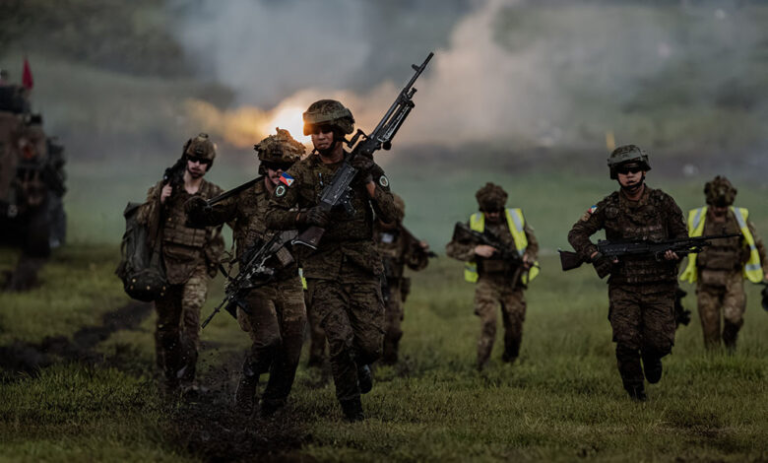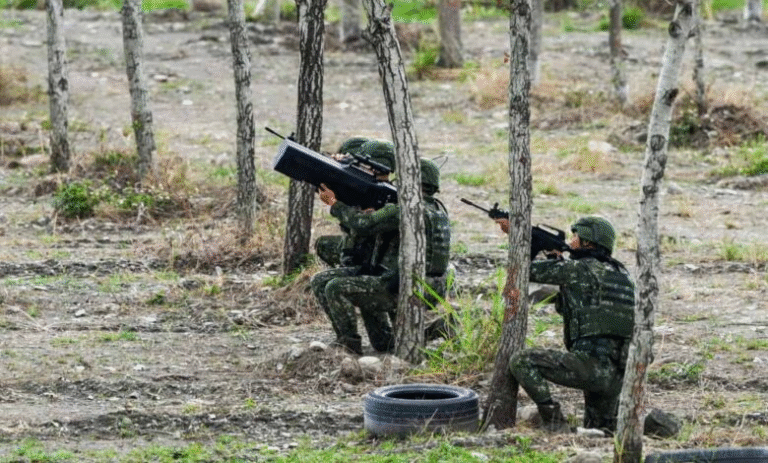
Precision, power and partnership defined a record-setting Talisman Sabre 2025 as more than 40,000 troops from 19 nations enhanced warfighting skills and deepened interoperability with all-domain drills stretching from Queensland, Australia, to Papua New Guinea and the Indian Ocean.
The biennial exercise, which began as an Australia-United States engagement, marked its 20th anniversary amid rising regional tensions inflamed by authoritarian regimes in China, North Korea and Russia, military leaders said.
“The growth and attendance of participation is a signal of how important regional stability and security is to everybody,” said Lt. Gen. Joel B. Vowell, deputy commanding general of U.S. Army Pacific.
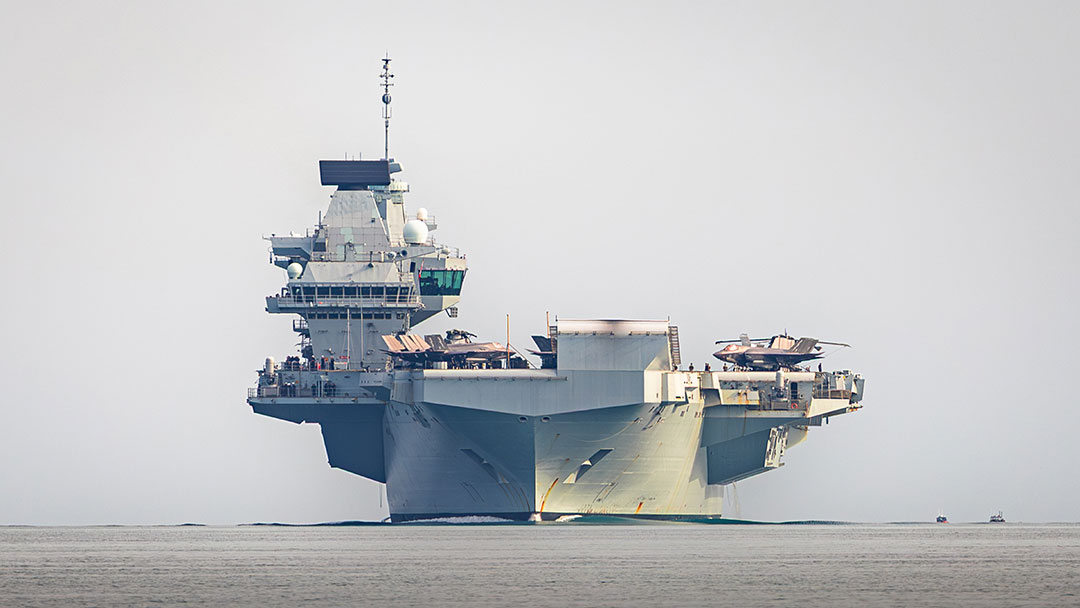
“Our collective readiness, our signaling of what we’re doing forward, provides what has to be inferred and interpreted as a deterrent effect,” he said. “The number of participants signals the resolve that we have in the region to work together.”
Participants included Canada, Fiji, France, Germany, India, Indonesia, Japan, the Netherlands, New Zealand, Norway, Papua New Guinea (PNG), the Philippines, Singapore, South Korea, Thailand, Tonga and the United Kingdom. Malaysia and Vietnam joined as observers.
Highlights of the three-week exercise in July and August include:
- The Australian Army test-fired a Precision Strike Missile for the first time. Launched from a U.S.-made High Mobility Artillery Rocket System (HIMARS), the weapon traveled at three times the speed of sound before striking a target more than 300 kilometers away, ABC News Australia reported. The missile, which was developed for the U.S. Army, significantly boosts the Australian Army’s long-range strike capabilities. “This is all about extending deterrence in the Indo-Pacific, all about signaling to any potential adversary that pain can be inflicted — all about deterring war through strength,” Australian Defence Industry Minister Pat Conroy said.
- Nearly 300 aircraft from partner nations flew more than 2,000 sorties, logging 5.5 million kilometers — enough to circumnavigate the globe 138 times. “It was about preparing for complex and demanding scenarios and keeping our highly competent aviators at the top of their game,” Royal Australian Air Force Air Commodore Louise desJardins said in a news release. “Talisman Sabre gave us a chance to train in a high-end, realistic environment where we tested our skills, teamwork and technology under pressure.”
- In a rapid infiltration drill, a Royal Canadian Air Force C-17A Globemaster III deployed Australian Army Soldiers and a U.S. Army HIMARS to Christmas Island, an Australian territory in the Indian Ocean about 1,500 kilometers west of the Australian mainland and 500 kilometers from Jakarta, Indonesia. “Collectively, we have rapidly deployed a HIMARS to demonstrate our ability to put combat power anywhere, at any time of our choosing,” said U.S. Army Lt. Col. Ed Guelfi, the mission supervisor.
- The U.K. Carrier Strike Group, led by the Royal Navy flagship HMS Prince of Wales, joined drills as part of its multinational Operation Highmast, an eight-month global deployment. “This is a real demonstration of the U.K. and our partners’ warfighting capabilities,” Royal Navy Commodore James Blackmore stated. “Exercise Talisman Sabre is also an opportunity for the U.K. to develop new levels of integration between systems and capabilities with the U.S., Australia and other partners, enhancing our interoperability even further and to unprecedented levels.”
- PNG hosted air, land and maritime training, including a personnel recovery operation, involving Australian, PNG and U.S. personnel, the first time Talisman Sabre drills have been conducted outside Australia. PNG, which is celebrating 50 years of independence in 2025, also hosted the closing ceremony in Lae.
- The Japan Ground Self-Defense Force (JGSDF), in collaboration with the Australian Defence Force, conducted live-fire drills with its Type 12 surface-to-ship missile off Australia’s east coast. Three missiles fired from a truck-mounted coastal defense battery struck floating maritime targets dozens of kilometers away, officials said. “Looking at the current state of the world, we can see the security environment is both complex and serious. It is not possible for us or any country to establish peace and stability unilaterally,” JGSDF Col. Yohei Ito said. As a result, exercises such as Talisman Sabre “will become more important in how we cooperate with Allies and Partners to achieve our mission.”
Two decades after the inaugural Talisman Sabre, the exercise “achieved remarkable milestones — refining joint operational capabilities, integrating cutting-edge technologies, and enhancing our ability to conduct complex land, air, amphibious, and maritime operations seamlessly,” stated Adm. Samuel J. Paparo, Commander of U.S. Indo-Pacific Command.
“These accomplishments reflect the distinct professionalism of the combined force and our shared commitment to advancing security, freedom and prosperity across the Indo-Pacific.”


